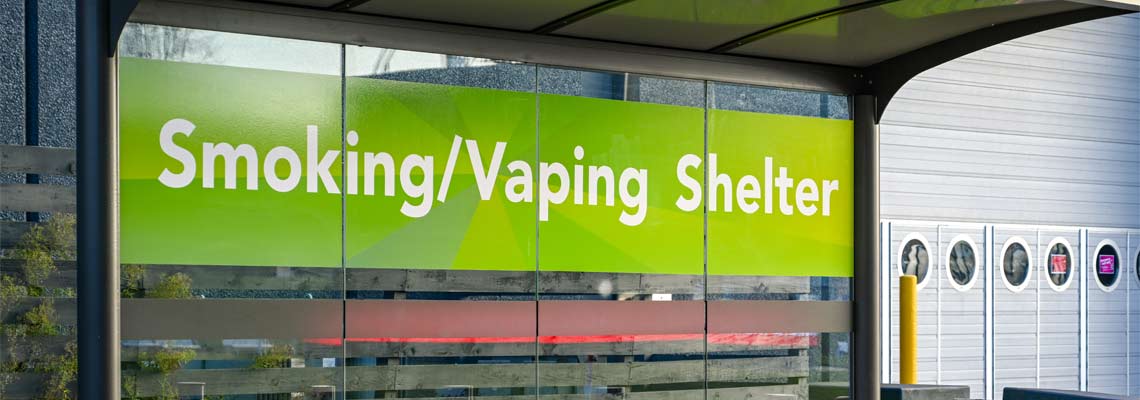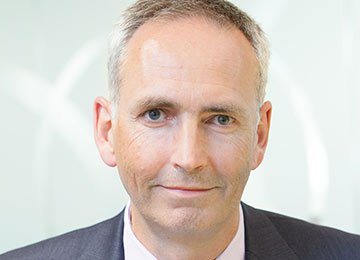
Ask the underwriter: smoking
Understanding why underwriters ask certain questions and the likely outcomes for applicants can empower advisers looking to put in place a strong financial safety net for their clients. We spoke to Laura Stemp, a development underwriter at Zurich, about what can be expected by applicants who smoke.
What are Zurich’s current categories of smoking?
The client’s smoker status is taken into account when providing premiums to customers due to the different risks each status presents. We use three smoker statuses for pricing and these are detailed below.
Smoker
A smoker is someone who last smoked cigarettes or cigars, used a pipe or any other form of tobacco or nicotine products, including e-cigarettes or nicotine replacement products, in the last 12 months.
Ex-Smoker
An ex-smoker is someone who last smoked cigarettes or cigars, used a pipe or any other form of tobacco or nicotine products, including e-cigarettes or nicotine replacement products over 12 months ago but less than 5 years ago.
Non-Smoker
A non-smoker is someone who last smoked cigarettes or cigars, used a pipe or any other form of tobacco or nicotine products, including e-cigarettes or nicotine replacement products more than 5 years ago.
Why is it important to assess the risk with regards to smoking?
As underwriters, we must assess the risk of someone dying, getting a critical illness or in the case of income protection, being unable to work. The risk of a smoker is significantly greater than the risk of a non-smoker. Smoking increases the risk of many conditions.
According to the NHS website, there are more than 50 serious conditions that you put yourself at greater risk of by smoking. Among the top ones are heart disease, heart attack, stroke and COPD [chronic obstructive pulmonary disease] – the name for a group of lung conditions that cause breathing difficulties, examples being emphysema and chronic bronchitis. About seven out of ten cases of lung cancer are directly caused by smoking. Smoking also significantly increases the risk of many other cancers – as you may expect throat and mouth cancer, but also things like bladder, prostate and pancreatic cancer.
What questions do you ask about smoking?
We want to know whether someone is currently smoking and the amount they smoke, because this relates directly to the increased risk. How much someone smokes is a key indicator. Someone who smokes one cigarette a day would still be charged smoker rates but they wouldn’t be deemed as big a risk as someone who smokes 20 cigarettes a day. The other application questions that have relevance for smokers relate to overall health and we link the two together. If you are a smoker and have a condition that already puts you at higher risk of a lung condition or cancer, we look at the combined risk instead of each risk in isolation.
When coupled with smoking, which conditions would be of particular concern to you?
If you have asthma, COPD, heart disease or many cancers, you are then at higher risk from smoking. If you have asthma and are smoking up to five cigarettes per day, we probably wouldn’t increase the premiums above the normal smoker rates but if you were smoking 10, 15 or 20 cigarettes per day, we would be likely to further load the premiums.
Would you offer terms to someone who has a history of cancer and smokes?
It would depend on when the cancer was and how severe it was. We’d look at when they had their cancer, the nature and severity of it and when the treatment was complete. It wouldn’t be a definite “No” unless it was a lung or throat cancer that appeared to be directly related to them smoking.
How long a person has smoked for – how relevant is that?
We don’t ask how long a customer has or had smoked for on the application but if the person had stopped smoking, we would ask when they stopped. If they have stopped in the last 12 months, they would still be charged smoker rates. But if it was in the last one to five years, they would be charged ex-smoker rates. After that, they would qualify for non-smoker rates even although you are typically still at an increased risk of certain conditions for 10 to 15 years or more after stopping smoking.
If we are looking across ex-smokers who had smoked for a long time and those who had only smoked for a few years, we deem five years to be a fair compromise. Although we don’t ask when someone started smoking, we do sometimes pick that up in medical evidence. If someone had started smoking in their teenage years and are now in their 50s or 60s, we could view them as at greater risk of certain conditions e.g. lung cancer, due to the length of time they smoked for.
What about vaping – do you evaluate the risk as the same or different to smoking tobacco?
If someone smokes e-cigarettes that contain nicotine, we treat them on the same basis as someone smoking other nicotine-based products. It may be that they want to stop smoking cigarettes but are still addicted to nicotine, which is highly addictive. Vaping is less harmful than smoking, but e-cigarettes can contain other harmful substances so it is clearly not as low a risk as not smoking at all. There also seems to be a lot of younger people starting to vape. People who wouldn’t smoke are taking up vaping and what is that doing to a teenager whose lungs and brain are still developing? It’s not been around for long enough for us to know the long-term risks of vaping.
What are the possible outcomes of smoking for applicants?
We don’t apply exclusions for smoking. We either look to increase the premium or decline to offer terms. As a very rough guide, a smoker’s premium can be double a standard non-smoker’s premium. For those who get up to the really high levels of smoking – 30 or 40-a-day – then we may look at add an additional loading on top of the smoker rate. Someone who has reasonably significant heart disease or has suffered a stroke and continues to smoke, or if they have moderate to severe COPD or asthma and need regular steroids or hospital treatment and are still smoking, we would potentially be unable to offer them cover, especially when their doctor’s records show that they have been told to stop because of the negative effects on their health.
What is the key takeaway for advisers whose clients smoke?
They need to convey the importance of being honest on the application. We do see cases where someone has said they are a non-smoker but post issue sampling [a GP report obtained after issue of a policy] or claims medical evidence shows they smoked and that can cause the claim to be declined. It is quite black and white as this is something that the customer ought to know they have been doing or not: either you have smoked in the past five years or you haven’t. They might think they are saving themselves money but in the long run the policy has not given them the cover they wanted.
Sign up to our advice matters newsletter
Featured articles



